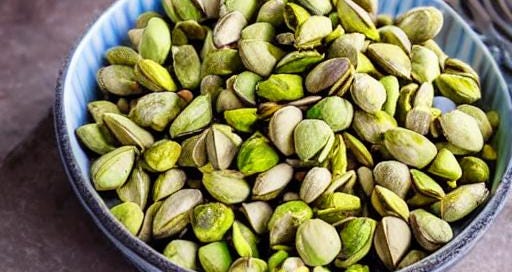Disclaimer: It should go without saying but here it is just in case… give nuts to children with caution as these can be a choking hazard. Likewise, don’t give nuts to a child before the recommended age, follow your health visitors advice on this, and never give nuts to a child with a nut allergy.
A handful of nuts are not only a healthy snack, filled with healthy fats, fibre and protein, they are a great source of essential vitamins, minerals and antioxidants which supports your young person’s health and on-going brain development. But, more than this, nuts can be a great sensory snack to help your child self-regulate after a challenging day at school, or in advance of a challenging situation / experience.
Shelled nuts provide an abundance of tactile input which helps to regulate the sensory system; whether it’s a monkey nut or a pistachio nut that can be cracked and pulled off with the fingers, or a hazel nut that needs to be squeezed using a nut cracker and then retrieved with the fingers, either way will work wonders for an over stimulated child who needs a quiet sensory activity to help relieve some of the pressure from the day.
In addition to the wonderful tactile stimulation that you get from de-shelling nuts, the crunch achieved by biting down and chewing on nuts also stimulates another important sensory system; the proprioceptive system. Our proprioceptive sense is not only crucial for helping us to move around without stumbling and falling, bumping into objects and judging the force needed to do basic tasks, it also plays a crucial role in regulating attention, focus, sensory input and emotional regulation. And by biting down and chewing on crunchy foods such as nuts, lots of helpful proprioceptive stimulation is sent to the brain to calm and regulate the senses and regulate the emotions.
For children who struggle to settle to sleep, pistachio nuts would be a good food choice. Not only are they rich in vitamins and minerals like other nuts, but they are a great source of natural melatonin; the hormone produced by the pineal gland to regulate our body’s internal biological clock and daily sleep cycle.





